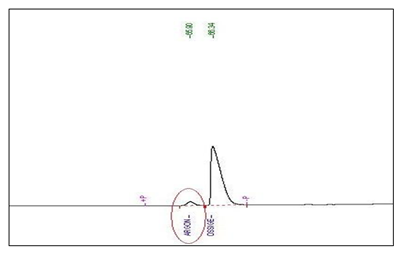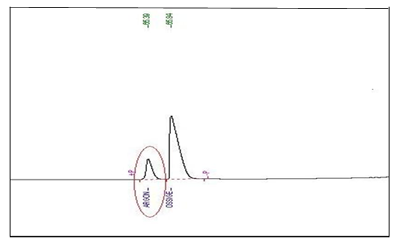Tests were conducted in accordance with EN 1279-3 (loss of gas) on IG units with various kinds of two-component silicone: specifically, 70 units from 20 companies were tested; of the latter, only 5 passed the tests and a full 15 tried repeatedly, but failed. A total of 52 units out of 70, that is 74%, did not pass the tests, while the IG units produced with polysulfide yielded positive results in 95% of the cases. This should induce us to reflect on the ability (or not) of silicone to seal in gas, an issue that can perhaps be explained by analyzing the structure of silicone: it is a very elastic material that allows for noticeable expansion in the panel when it is exposed to ageing with thermal cycles. This kind of expansion will damage the butyl, which typically shows some irregularities due to the application process, allowing the gas to escape. A strange, but often recurring phenomenon, is the variability of the test results, even for the same production lot.
It is possible that the units chosen at random from the same lot might have both conformant (0.5%) and abnormal Li% values (2%), a variability that is extremely rare in polysulfide systems but, in this case, can be attributed to macroscopic defects. So, there is a problem with the material that tends to magnify (and not compensate for) any manufacturing "defects", since the same production lines also produce polysulfide glazing units where such “swings” in values are rare.
Laboratory tests conducted on sealants, in accordance with EN 1279-4, yielded the following gas permeability values:
| Sealant | Gas Permeability in g/m2h-1 |
|---|
| Butyl |
≈1*10-3 |
| Polysulfide |
5-6*10-3 |
| Silicone |
anche fino a 100*10-3 |
| Polyurethane |
35-60*10-3 |
These values indicate the high degree of permeability inherent to silicone.
The figures below show two chromatographs measuring Li% (gas leakage according to EN 1279-3): (fig.1) glass with polysulfide sealant, (fig.2) glass with silicone. Please note the difference in scale of the area of the first peak (on both graphs) for argon.
Fig.1 Chromatograph of a glazed unit sealed with polysulfide

Fig.2 Chromatograph of a glazed unit sealed with silicone

Flexible spacers:
Flexible spacers are composed of polyisobutylene-based thermoplastic materials (applied hot) or foam-based flexible silicone materials (applied cold) into which desiccants are incorporated. Over the course of time, in accordance with EN 1279/3, the Stazione Sperimentale del Vetro has tested IG units with flexible foam spacers. The results were not ideal. In fact, of the 54 units from 10 companies, only 9 units passed the tests and 45 (83%) failed. Some of these units were tested before being subjected to ageing and already presented a high loss of gas, above the test limits.
Conclusions:
Clearly, based on the test results shown, the actual ability of these kinds of sealants to pass the tests for gas permeability as indicated in the standard (which is required for the CE mark), and mandatory for placing products on the market, is doubtful. It is important to note, however, that each kind of sealant should be chosen based on its final destination. Where there are requirements for "structural" sealing, silicone plays a definite and unmistakable role.
Ennio Mognato – Alessandra Moro
Stazione Sperimentale del Vetro










